I am aware of sensors, modules and integrated circuit used with microcontrollers like Arduino. And I think Arduino UNO is still the first choice of most hobbyists even after 10 years. Because of its open-source environment and futuristic Software. Developers released some easy to program software’s for it. Arduino Uno is the first MCU of this series, you can see different variants with names on official website.
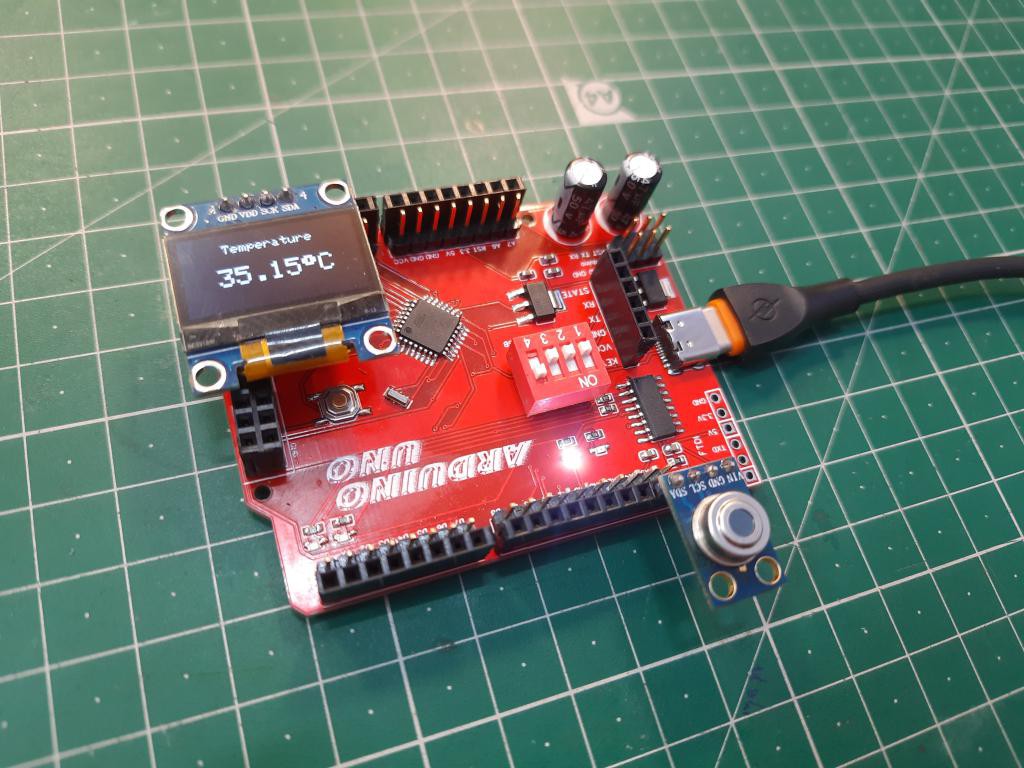
I am working with Arduino for a long time. And I know the communication protocols and hardware compatibility. Because Arduino is released in 2012 and getting more and more interesting day by day. But the design is same during this era butt I want to modify the design. Not because of any mistakes but due to compatibility issues.
1) Old USB type A, which is not used too much nowadays.
2) Power jack can be eliminated, because direct power system is more consistence.
3) Female headers are available in low number
4) 3.3volt can’t support more than 200mA
5) Not much use of ICSP headers.
6) Overkill circuitry.

To eliminate these problems and to modify the overall layout I choose to make my own microcontroller development board which is fully compatible with UNO. Cost can be reduced using SMD components, using a low power USB to serial. And finally adding different ports/ headers for the widely used 12C modules, screens, Bluetooth, Radio modules and sensors.

Because I want to test my projects first on this Arduino so by decreasing the number of jumpers wires circuit become less complicated. And all of these things can be possible by using JLCPCB prototyping service. JLCPCB offers 5PCS of 2layer PCB in just $2. Register now to JLCPCB to get free coupons of worth $54. As for now you can get the required Gerber, BOM and CPL files only by messaging me on Instagram: Sagar_Saini_7294.
Components used:
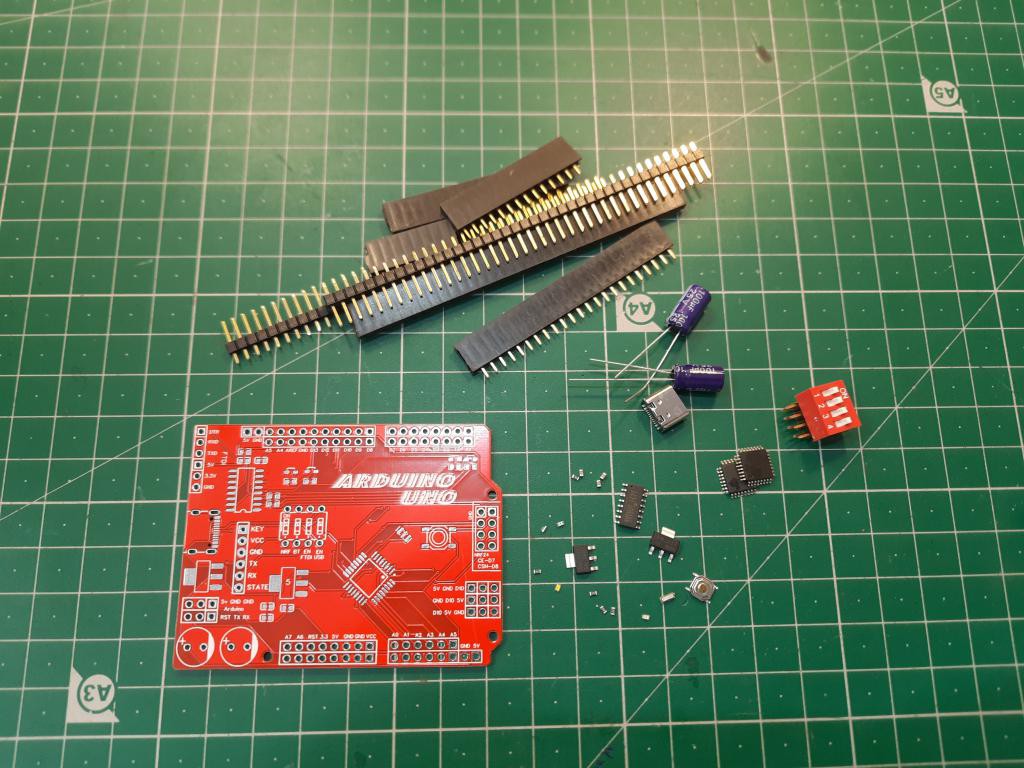
- Atmega328p- SMD version
- 16 MHz SMD crystal
- CH340C USB to serial chip
- Type C Female USB
- 1K resistors
- 10K resistor
- 100nf capacitors
- SMD tactile button
- Blue and red SMD LEDs
- D
- IP switch x4
- Pin headers
- AMS1117 5v, 3.3v voltage regulators
- 100uf electrolytic capacitors
- Custom PCB from JLCPCB
Circuit diagram:
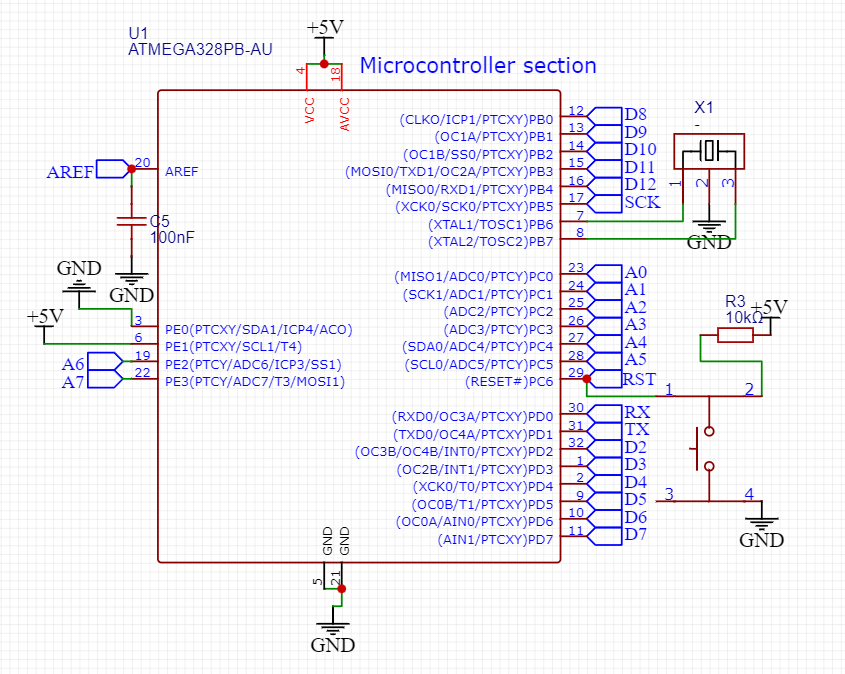
The circuit of this microcontroller is quite simple, just follow the basics of data structure and datasheet. I am using CH340C as the USB to serial programmer. This chip has many variants and I am using “c” which has internal oscillator of 12MHz. Blue LEDs are used for Tx and Rx pins and Orange and yellow for the power and D13 pin.
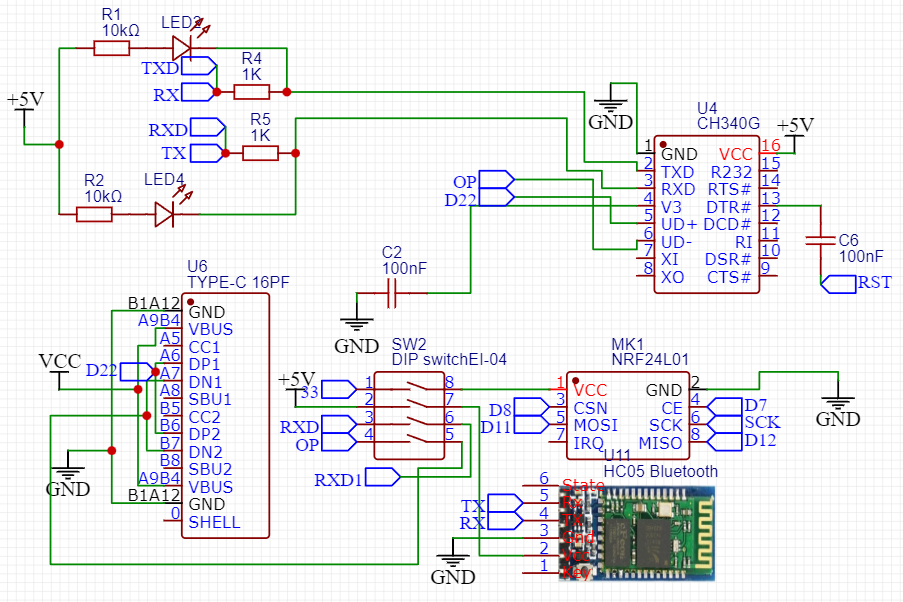
1K resistors are used with these LEDs for current limiting. AMS1117 5volt regulator provide +5volt to the whole board. 100nF and 100uf capacitors for noise reduction and power filtering purpose. Tactile button with 10k resistor completes the reset circuit. A new generation USB type C for better looks and strong connection. I used Different pin headers for the I/O pins, Bluetooth connection and 12C.

The FTDI, Bluetooth, radio and USB can be enabled using DIP switch mounted in between of the PCB. Actually, this is the main component which control the action of whole circuit.
Schematics Design and PCB:
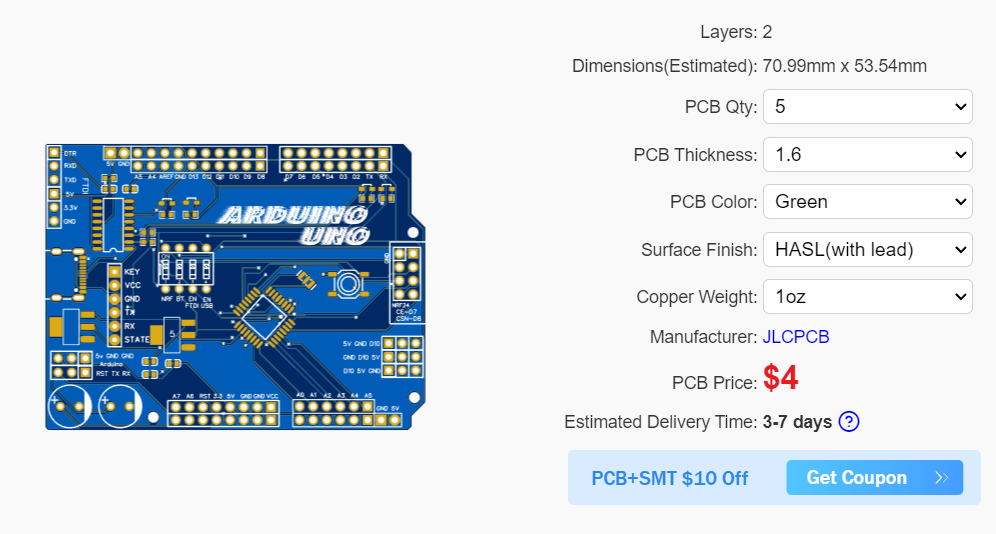
I used EasyEDA to design the schematics of this board, there are many more features are added which are listed below in working section. If you want to modify the layout with the availability of components in your area then you can use EasyEDA and take reference as my design. The connections are okay and tested with proper net markings.

As for the PCB, I turned my schematics into PCB fabrication file. Then do some designing and place all the components at their place. Then I do manual routing of this board and download the project in the form of Gerber file.
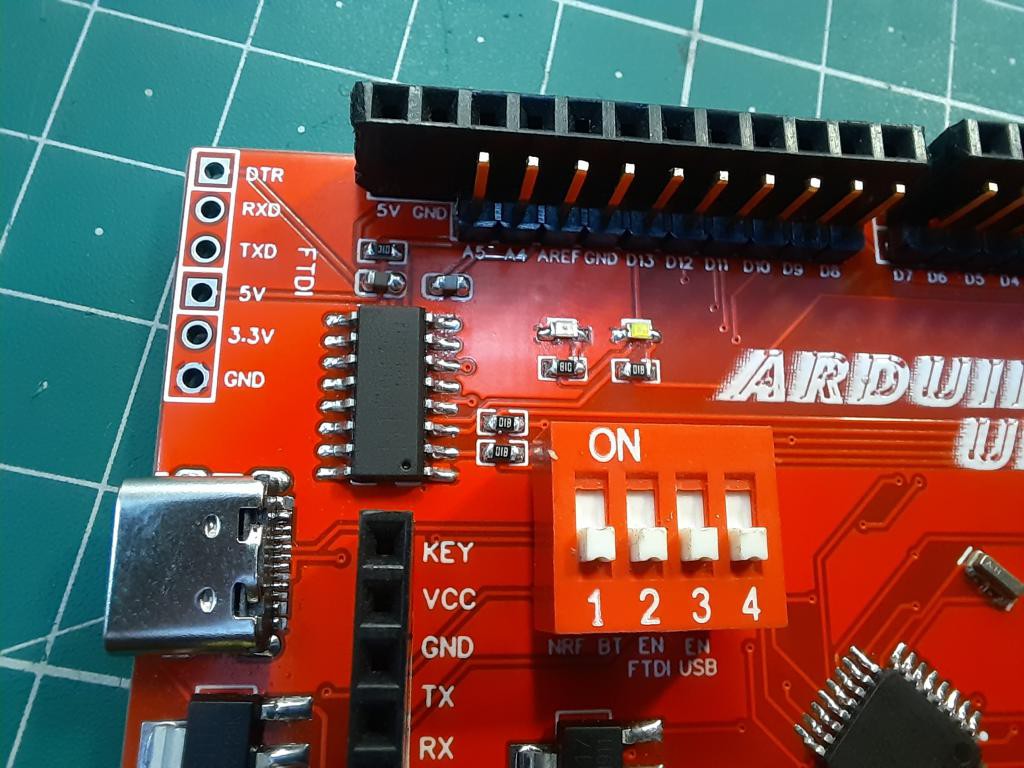
You can upload this file to the PCB manufacturer to make a physical prototype. As for now you can get the required Gerber, BOM and CPL files only by messaging me on Instagram: Sagar_Saini_7294.
PCB specs and components mounting:


The assembly of component value is given in the picture, you can add resistor and capacitors according...
Read more » Sagar 001
Sagar 001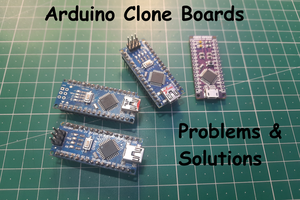
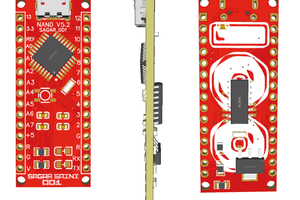

 Lithium ION
Lithium ION